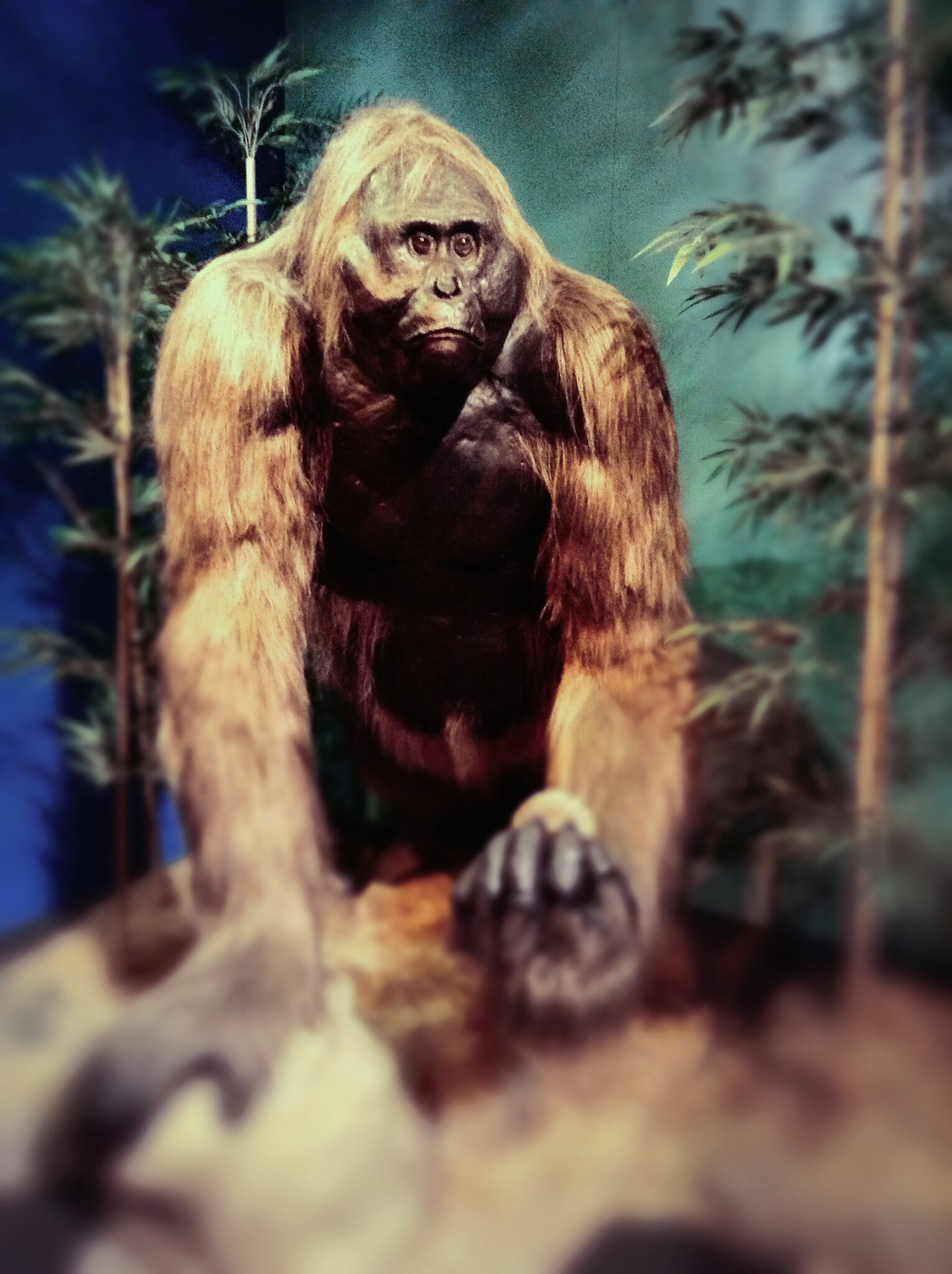At a Glance
- A recent study in Nature uncovers the extinction of Gigantopithecus blacki, the largest primate to have ever existed, in southern China between 295,000 and 215,000 years ago.
- Collaborative research by Chinese, Australian, and US scientists utilized multiple dating techniques and environmental analyses to establish the timeline of G. blacki’s extinction, revealing its struggle to adapt to changing environmental conditions.
- G. blacki thrived in a diverse forest environment until environmental variability, caused by increased seasonality, led to a decline in its population due to chronic stress and reduced food diversity.
- Unlike its relative, the orangutan, which adapted to changing conditions, G. blacki relied on a less nutritious backup food source, ultimately leading to its extinction.
- The study emphasizes the importance of understanding past extinctions to comprehend primate resilience and the threats faced by species today.

A recent study published in Nature has shed light on the extinction of Gigantopithecus blacki, the largest primate ever to walk the earth. This ancient ape, standing at an impressive three meters tall and weighing around 250 kilograms, roamed the karst plains of southern China. Despite its imposing size, G. blacki went extinct between 295,000 and 215,000 years ago, long before humans arrived in the region. The cause of its disappearance has puzzled scientists for years, with only 2,000 fossilized teeth and four jawbones serving as evidence of its existence.
The research, conducted by a collaborative team of Chinese, Australian, and US researchers, aimed to unravel the mystery behind the extinction of this colossal creature. According to Professor Yingqi Zhang, a paleontologist from the Institute of Vertebrate Paleontology and Palaeoanthropology at the Chinese Academy of Sciences, the unresolved cause of G. blacki’s extinction has been a significant enigma in the field of paleontology.
The study involved a large-scale project spanning 22 cave sites in Guangxi Province, southern China, utilizing multiple dating techniques and environmental analyses to piece together the timeline of G. blacki’s extinction. The team applied six dating techniques to the cave sediments and fossils, producing 157 radiometric ages. These dates, combined with environmental and behavioral evidence, provided a comprehensive chronology for the extinction of G. blacki.
The findings revealed that G. blacki thrived in a rich and diverse forest environment until approximately 700,000 to 600,000 years ago. However, the ape struggled to adapt as the environment became more variable due to increased seasonality. Unlike its close relative, the orangutan, which adapted its size, behavior, and habitat preferences to the changing conditions, G. blacki relied on a less nutritious backup food source when its preferences were unavailable. This led to a decrease in the diversity of its food, reduced mobility, and chronic stress, ultimately resulting in its extinction.
The study’s lead author, Associate Professor Kira Westaway from Macquarie University, emphasized the importance of understanding past extinctions to comprehend primate resilience and the fate of other large animals. The research provides crucial insights into the extinction of G. blacki and offers valuable lessons for understanding the threats faced by species today.
This study highlights the significance of multidisciplinary analyses in unraveling the mysteries of ancient extinctions. It provides a compelling narrative of the challenges a once-mighty species faces in the face of environmental change.
References
- Macquarie University. (2024, January 10). The extinction of the giant ape: A long-standing mystery solved. Phys.Org; Macquarie University. https://phys.org/news/2024-01-extinction-giant-ape-mystery.html
- Zhang, Y., Westaway, K. E., Haberle, S., Lubeek, J. K., Bailey, M., Ciochon, R., Morley, M. W., Roberts, P., Zhao, J., Duval, M., Dosseto, A., Pan, Y., Rule, S., Liao, W., Gully, G. A., Lucas, M., Mo, J., Yang, L., Cai, Y., … Joannes-Boyau, R. (2024). The demise of the giant ape Gigantopithecus blacki. Nature, 1–5. https://doi.org/10.1038/s41586-023-06900-0











